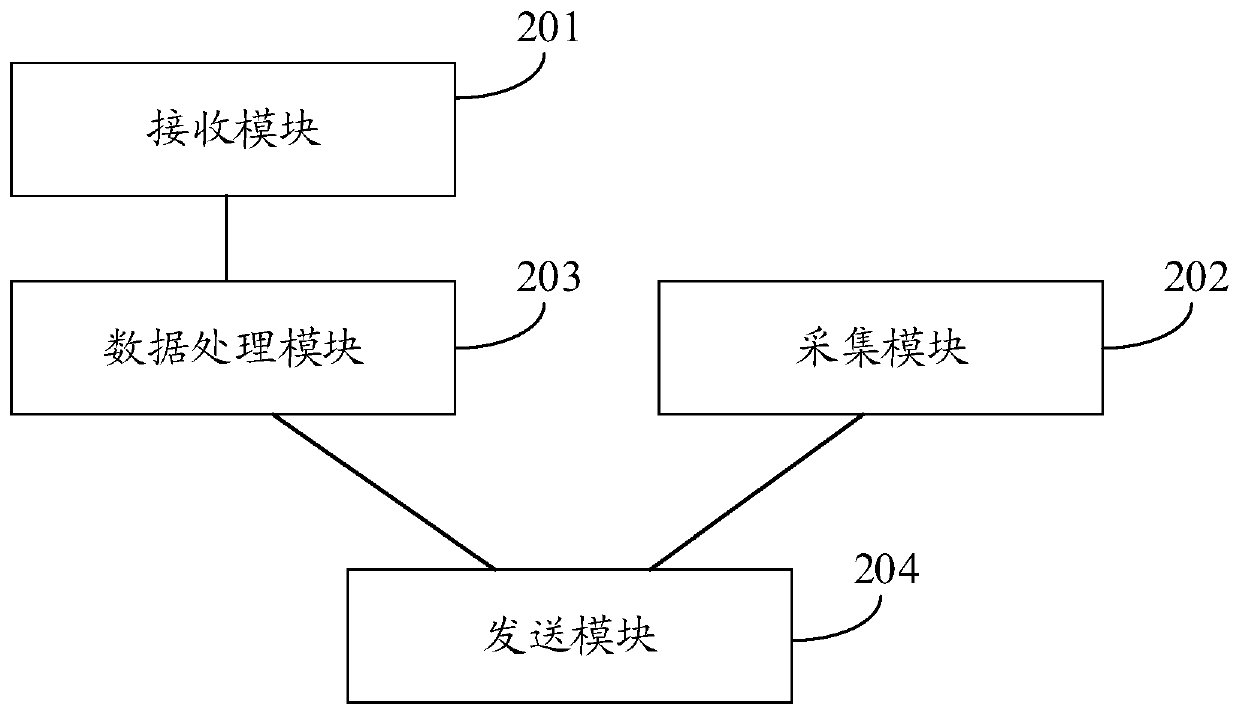Real-time maintenance method, device and system for shared automobile
A technology for sharing cars and vehicle models, applied in the field of data processing, can solve the problems of reducing maintenance efficiency and consuming human resources, and achieve the effect of improving maintenance efficiency and reducing employment
- Summary
- Abstract
- Description
- Claims
- Application Information
AI Technical Summary
Problems solved by technology
Method used
Image
Examples
Example Embodiment
[0058] In order to explain the overall concept of the present application more clearly, the following detailed description is given by way of example in conjunction with the accompanying drawings.
[0059] The embodiment of the present application discloses a real-time maintenance method for a shared car, such as figure 1 shown, including the following steps:
[0060] Step 101, the server receives a fault maintenance request message from the terminal.
[0061] In the embodiment of the present application, the fault repair request message includes the geographic location information of the target shared car corresponding to the end user, the vehicle model of the target shared car, and the first fault data of the target shared car; wherein, the first fault data is generated by the end user. Confirmed failure data. For example, the user sends texts such as "vehicle damaged", "vehicle does not turn off", "tire abnormal", "unable to start" to the server through the mobile phone, ...
PUM
 Login to View More
Login to View More Abstract
Description
Claims
Application Information
 Login to View More
Login to View More - R&D
- Intellectual Property
- Life Sciences
- Materials
- Tech Scout
- Unparalleled Data Quality
- Higher Quality Content
- 60% Fewer Hallucinations
Browse by: Latest US Patents, China's latest patents, Technical Efficacy Thesaurus, Application Domain, Technology Topic, Popular Technical Reports.
© 2025 PatSnap. All rights reserved.Legal|Privacy policy|Modern Slavery Act Transparency Statement|Sitemap|About US| Contact US: help@patsnap.com



